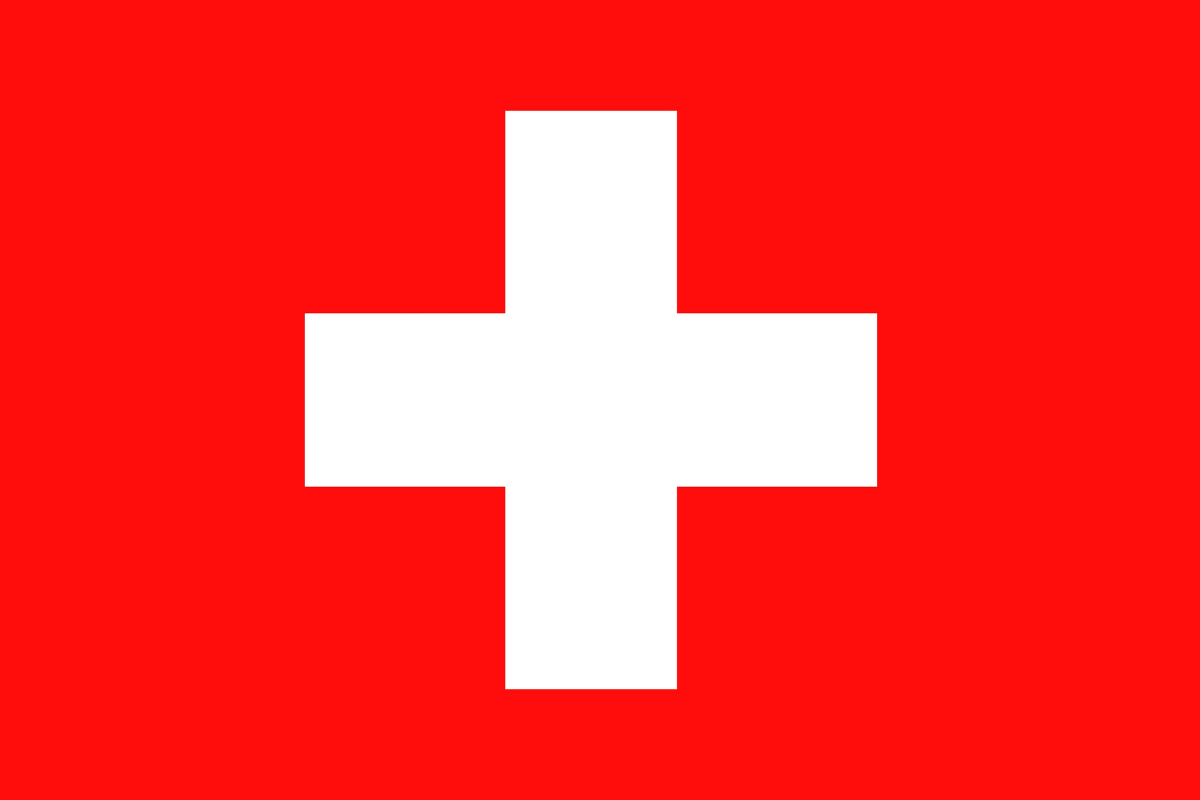Officially speaking, Switzerland presently does not have a national animal. The animal most generally popularly accepted as the national animal is the cow, as it is a very important part of Swiss life, economy and culture. Other animals that have been considered include the marmot and the ibex.
Switzerland is home to a great abundance and variety of interesting wildlife and unique livestock, but as of yet they have not officially chosen a national animal.
Whether they will do so in the future is, at this point, impossible to say—but for now the popular choice is certainly the cow.
Let’s find out more.

What is the national animal of Switzerland?
Officially, Switzerland has no national animal.
A national animal is typically something that is designated by a government body, though there can be many means of choosing which animal takes its place—the most common method is by popular vote.
The Swiss government has undertaken no such vote, officially, and so the country has no official national animal.
Unofficially, though, the most common animal that is chosen as the national animal or popularly considered to be is the cow or cattle.

Cattle are a very important part of Switzerland, as of course, they are in many different countries.
But they are of particular importance to Swiss exports and of course to domestic produce.
Swiss cheese, for instance, is one of the things for which Switzerland is most famous, and there are countless varieties, most of which are made from cow’s milk—some, of course, are made from goat’s milk.
This is, in part, the reason why many consider the cow to be the unofficial national animal of Switzerland.
Indeed, many consider Switzerland’s national dish to be fondue, which is a melted cheese dish.
The cow is heavily associated not just with Switzerland, but with Alpine culture in general.
They are commonly raised throughout the region for meat, milk, and even leather. For a very long time in history, cows have been important to the people living in this region of the world for their livelihood, so it is easy to understand why the people of the nation might consider the cow to be the national animal.
There are many breeds of cow, but they generally all fall under the same species, and the common name of the species is cattle. So, what do cows symbolize in Switzerland?
What does the cow symbolize in Switzerland?
Cows symbolize a number of things to the people of Switzerland.
They embody Swiss roots, heritage and traditions in a very important way.
It’s generally the case that any person of Swiss descent will have some extended member of their family who is in the agricultural industry, and there’s a very good chance that this person will farm cattle.
The cow, then, again, is inextricable from both the physical landscape of Switzerland and the history of the actual people who live there even today.
This is not to say that cattle farming is a thing of the past; it is just as common as it ever was.
There is, then, a very broad connection with cows in Switzerland.
More so than in many other countries, cattle farming is seen as an important aspect of Swiss tradition as opposed to just a practical aspect of the national economy.
Cattle farming, it is true, is common in just about every country on Earth; but in Switzerland, it remains an important part of people’s national and family heritage, and so it symbolizes the very country itself in a way that few other animals could hope to.
Domestic animals are not the typical choice as national animals, so this goes to show just how important cows are to the people of Switzerland.
Is a cow a male or a female?
The word “cow” strictly refers to a female member of the species commonly known as cattle.
The simple reason that we tend to use the word “cow” rather than cattle is simply because the vast majority of cattle that we see in fields are female.
They are mostly kept for milk, and obviously male cattle do not produce milk.
Male cattle can, of course, be kept for meat, but you cannot have more than one of them in a single pasture otherwise they will become aggressive.
So, the word “cow” describes a female cattle.
Is a male cow an ox?
The word “ox” does typically refer to a male cow, but the more common term is “bull”.
An ox specifically refers to a male who has been castrated in order to be used as a draught animal.
They will pull carts and plow fields.
A bull, on the other hand, typically has not been castrated, but they are the same species.
A male cow is not always an ox, then, but an ox is always a male cow.
Bull is the more common term, though people do tend to think of an ox as a different species—but they are in fact the same.
So, finally, for the last time, Switzerland does not officially have a national animal.
Cattle are among the nation’s most important livestock and responsible for some of the most iconic Swiss exports like cheese, so to many people, there is no clearer choice of national animal than the cow.
But others would, it is true, prefer a member of the country’s wildlife rather than its domesticated livestock; whether one is officially chosen remains to be seen.
